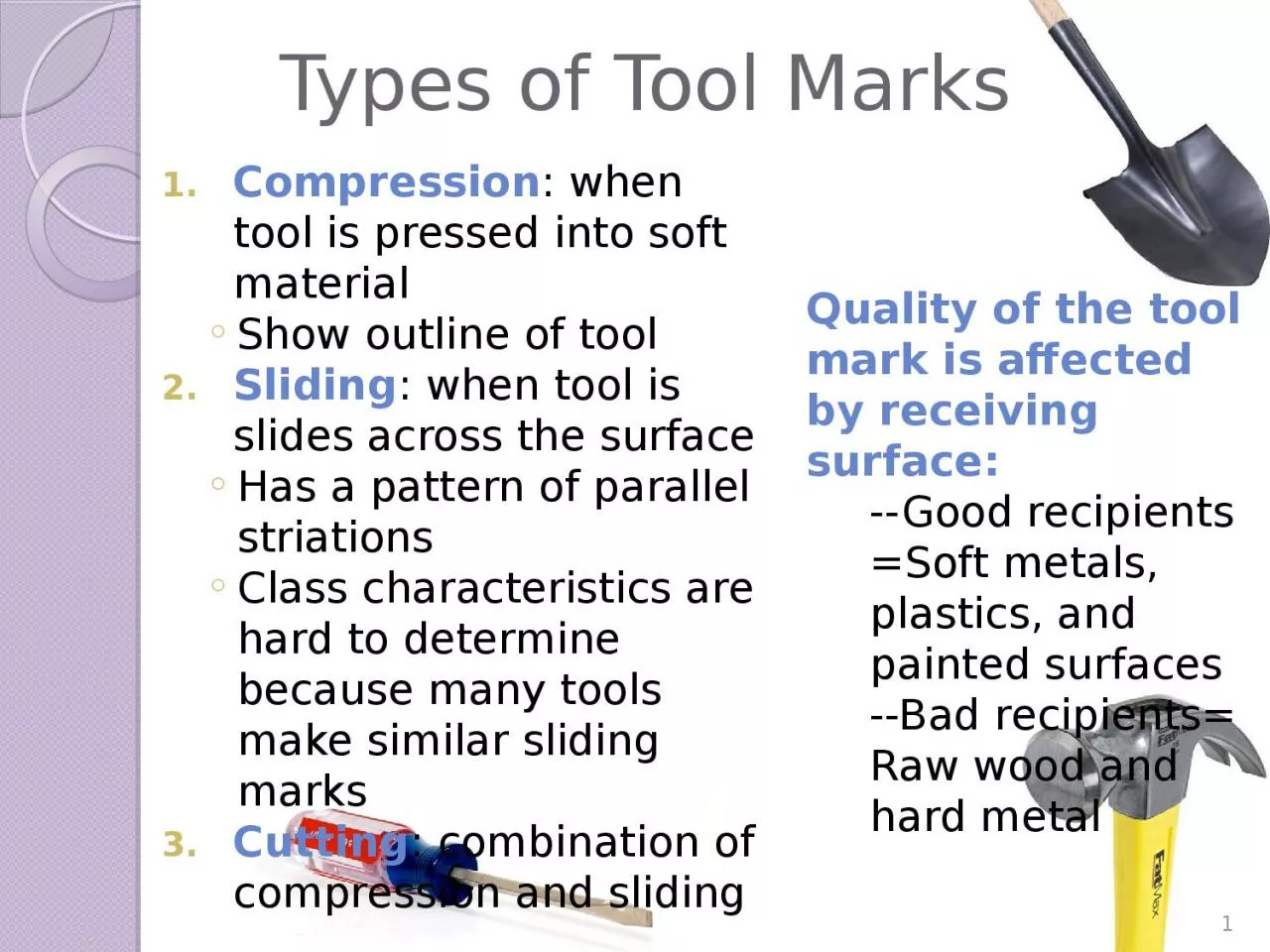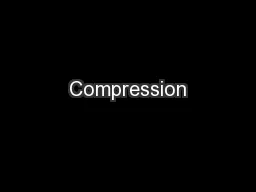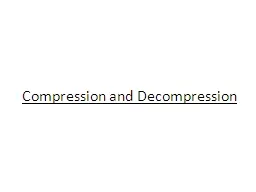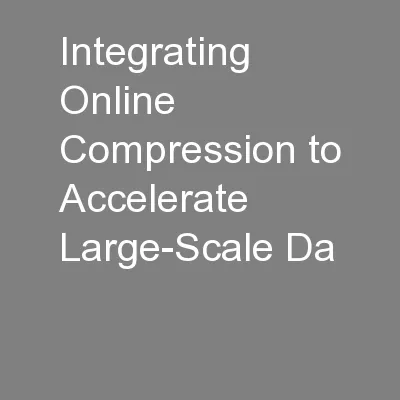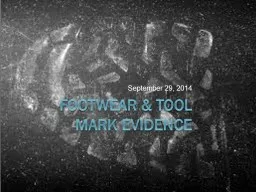PPT-Types of Tool Marks Compression
Author : amelia | Published Date : 2023-06-25
when tool is pressed into soft material Show outline of tool Sliding when tool is slides across the surface Has a pattern of parallel striations Class characteristics
Presentation Embed Code
Download Presentation
Download Presentation The PPT/PDF document "Types of Tool Marks Compression" is the property of its rightful owner. Permission is granted to download and print the materials on this website for personal, non-commercial use only, and to display it on your personal computer provided you do not modify the materials and that you retain all copyright notices contained in the materials. By downloading content from our website, you accept the terms of this agreement.
Types of Tool Marks Compression: Transcript
Download Rules Of Document
"Types of Tool Marks Compression"The content belongs to its owner. You may download and print it for personal use, without modification, and keep all copyright notices. By downloading, you agree to these terms.
Related Documents

